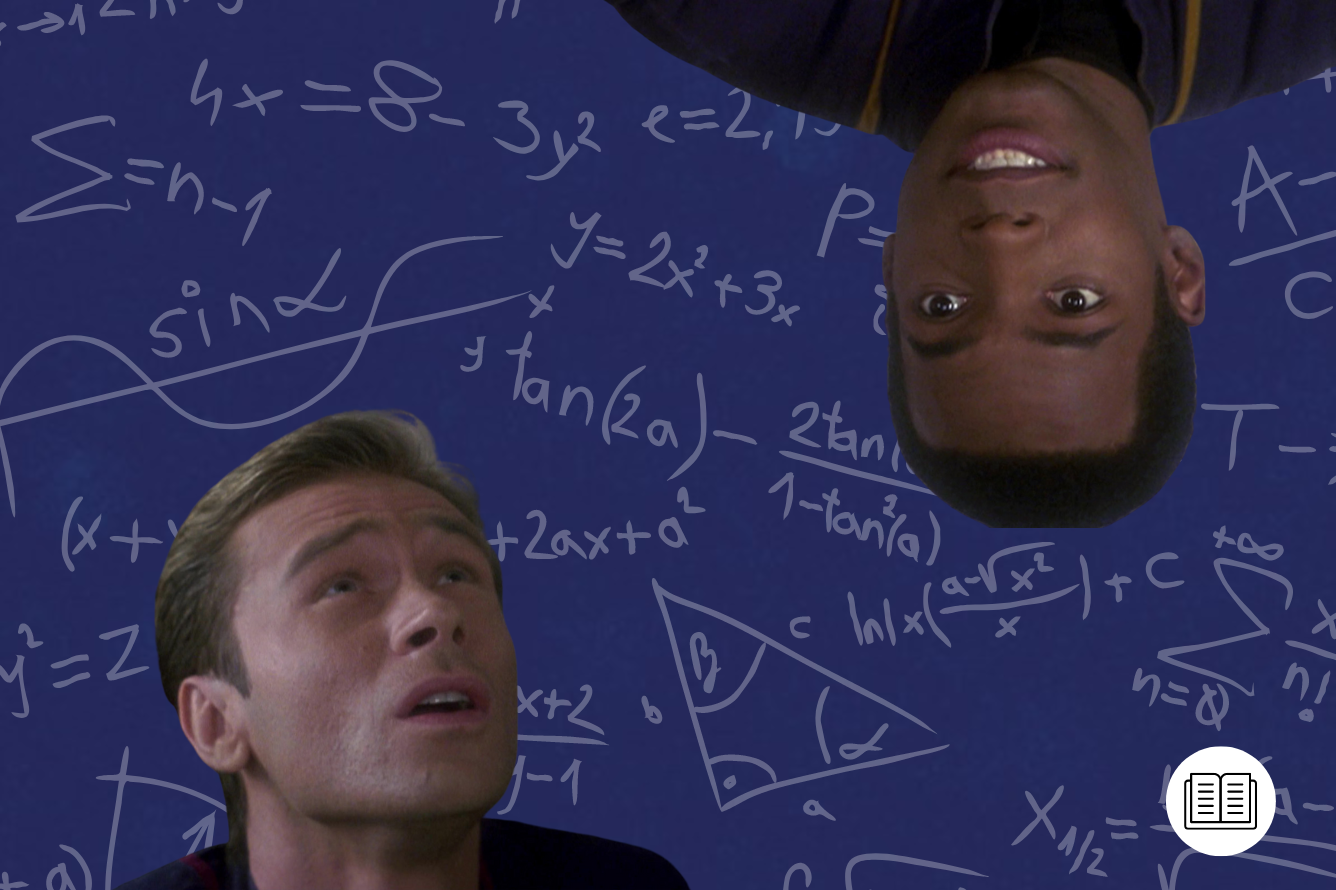“It can be a challenge to feel grounded when even gravity is artificial.”
Imagine a photo of the crew on board the International Space Station (ISS). Now think of a still from Star Trek, showing the crew onboard Enterprise or Voyager. Aside from the fact one is reality and one is fiction, what are the other significant differences?
When I carried out this thought experiment, I noticed that the ISS crew was floating around. In contrast, the Enterprise crew are walking around, just as they would back down on Earth.

Contrary to what you might think, this isn’t because there’s no gravity onboard the ISS. It’s more complicated than that. There is gravity – the gravitational field of Earth – but what causes the look of floating is that both the crew and the ISS are in free fall, orbiting around our planet.
The same happens even when it doesn’t seem as if a spacecraft is orbiting a planet. For example, Apollo astronauts on the way to the Moon were also in free fall, first in the Earth’s orbit and then under the gravitational tug of the Moon’s orbit.
So what prevents crew members on Star Trek’s spaceships from floating through the hallways? Why are they not shown to be influenced by the gravitational pull of nearby celestial objects? The answer is artificial gravity.
A Recipe for Artificial Gravity
Like much of the science and technology in Star Trek, there’s no clear, detailed explanation about how artificial gravity actually “works”.
However, it is mentioned several times, like in the first Star Trek: Enterprise episode, ‘Broken Bow’ (S1, Ep1-2), when Travis Mayweather (Anthony Montgomery) shows Commander Tucker (Connor Trinneer) the ‘sweet spot’ – a special place in every ship where gravity is reversed. Or in Star Trek: Voyager (‘The Haunting of Deck Twelve’ – S6, Ep25), when an electromagnetic lifeform messed with the ship’s systems. Deck nine lost artificial gravity for a short time, but luckily, the only issue was that “Ensign Mulcahey bumped his head on the ceiling.”

Piecing these various mentions and explanations together, what do we know about Star Trek’s artificial gravity?
We asked Tanya Harrison, a geoscientist who has worked on multiple NASA missions and is now a fellow at the Outer Space Institute, to explain the basics: “In the Star Trek universe, they’ve discovered exotic particles called ‘gravitons’ that they use to create their artificial gravity.”
These gravitons are subatomic particles that can transmit gravitational force. How? It’s not clear. It’s best to think of gravitons simply as a hand-wavy explanation of how the ship’s gravity-producing components are powered.
Several bits of tech put these gravitons to work, including an artificial gravity generator, which has a graviton stabilizer inside to modulate the levels of gravity produced. The generator powers the artificial gravity grid, created from gravity plating and made from duranium sheeting, which lines a starship’s hull and interior decks.










